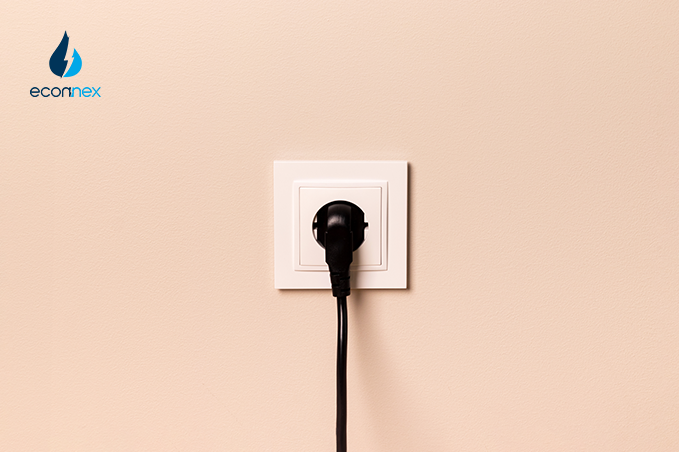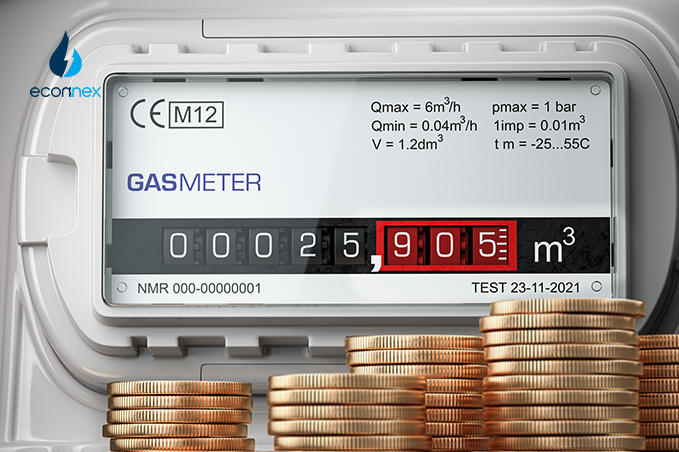Explore the diverse range of electricity providers in Victoria with Econnex.

Published on 17/08/2023
By Rajesh Kumawat
Energy Comparison
Victoria has the most competitive electricity market in Australia. This competition is good for consumers who like to shop around for the next best deal. However, it can be confusing with the dozens of retailers to choose from. How can you find the right deal for you?
There are two types of electricity contracts currently available in Victoria, namely standard contracts and market contracts.
Electricity offers come in all sorts of prices and charges including two major costs-supply charges and usage charges. Consider these rates when offering energy plans. Large households should pay attention to usage rates, and smaller households with modest usage should look for plans with lower fixed daily supply costs.
There are a lot of different plans to pick from several retailers, often differentiated by conditional discounts on offer, and fall into two categories – Variable rates and Fixed rates. The majority of electricity plans in Victoria come with variable rates. Fixed-rate plans are usually offered by AGL, Energy Australia, and Origin.
Most electricity providers in Victoria offer plans with huge discounts on usage charges of up to 40% or more in some cases. Discounts are provided under certain conditions. It’s usually applied if you:
Retailers offer a wide range of sign–up incentives, and reward programs like gift cards, theme park tickets, and holiday packages.
Tariffs relate to the pricing structure of an energy plan with different usage charges applied based on energy usage. Tariffs in Victoria falls into two categories:
This is referred to as “peak rate tariff” as all electricity usage is effectively charged at peak rates. The same usage charge applies no matter what time you use power.
This is also known as flexible pricing. You will be charged with different electricity rates depending on when you use power. Time-of-use tariffs are only available if your property has a smart meter, the majority of households in Victoria are now installed with smart meters. Flexible pricing is very common and can be helpful in reducing energy costs, especially if you use most power at off-peak times. Demand tariffs are also starting to be made available in Victoria. Rates are split into three categories.
This is also known as a “dedicated circuit” that allows you to pay for high–usage appliances at a cheaper rate. It’s usually applied to electric hot water heaters but with more than one circuit. Controlled load tariffs are much cheaper than other charges, usually less than 25 cents per kWh. The drawback is that power will only be supplied for a few hours each day.
Victoria has five electricity distributors and the cost of supplying power to your home depends on which network you happen to live within. The distributors manage the infrastructure (i.e. poles and wires) that transports energy. the retailers pass on distributor costs to customers, and the suburb you decide to live in will impact your energy bills. Distributor costs can account for up to 50% of your overall bill. The five electricity distributors in Victoria are:
This depends on what type of contract, discount, electricity tariffs, and where you live. To give you an idea of where to find the cheapest energy rates in Victoria, compare electricity plans.
Finding an electricity plan from our panel of energy providers* is fast and easy with Econnex Comparison. Simply enter your postcode and start your energy comparison.



